- Joined
- Jul 27, 2004
- Messages
- 2,072
Many people cutting stones pay little regard to the crown height or angles, as the pavilion does most of the work in a gemstone. However low crowns typically lower the performance of the stone.
Here are some ray trace plots of a pretty standard round design showing the effect of a lower crown.
The original design first, with the first tier crown angle cut at 44 degrees.
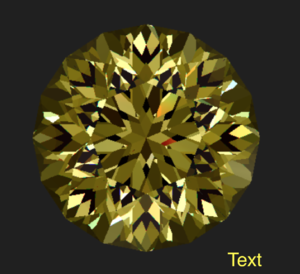
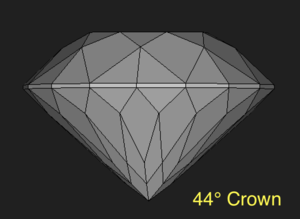
Now changing the crown by just 5 degrees to 39 degrees.
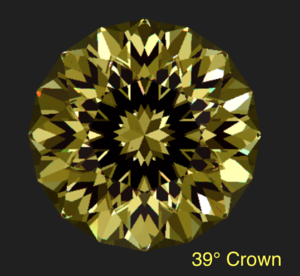
Notice the large area of extinction and less dispersion. (Dispersion is shown as the ged/green/orange area's)
Lowering the crown even further to 29 degrees, produces even more trouble!
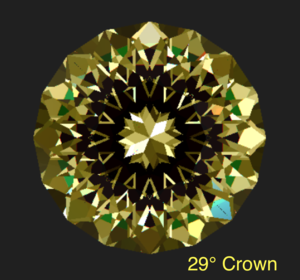
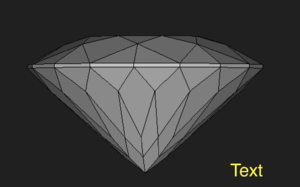
Very often you see stones with very flat crown from commercial cutting houses. This is often done to maximize the face up size of the stone.
Here are some ray trace plots of a pretty standard round design showing the effect of a lower crown.
The original design first, with the first tier crown angle cut at 44 degrees.


Now changing the crown by just 5 degrees to 39 degrees.

Notice the large area of extinction and less dispersion. (Dispersion is shown as the ged/green/orange area's)
Lowering the crown even further to 29 degrees, produces even more trouble!


Very often you see stones with very flat crown from commercial cutting houses. This is often done to maximize the face up size of the stone.







300x240.png)